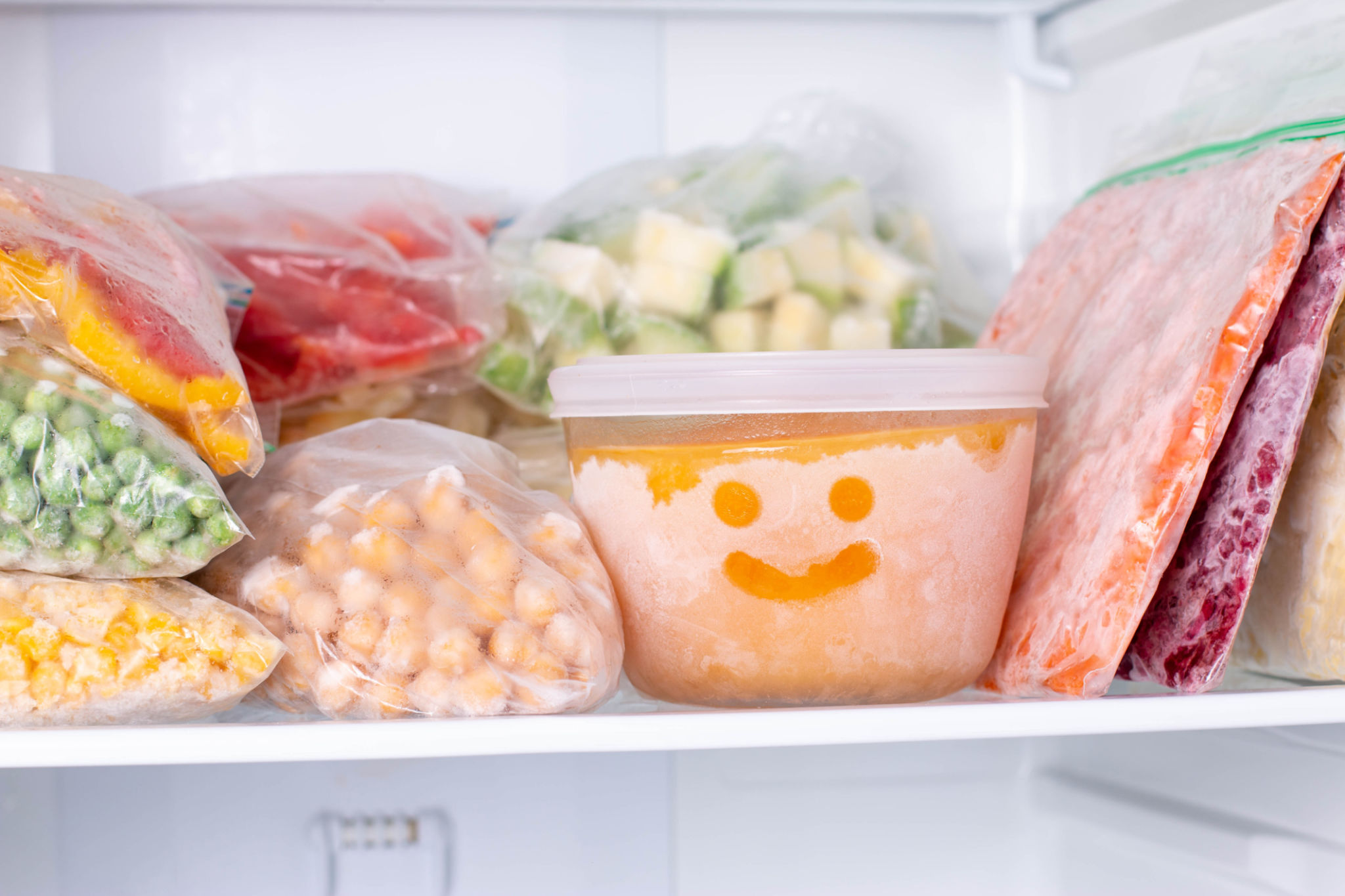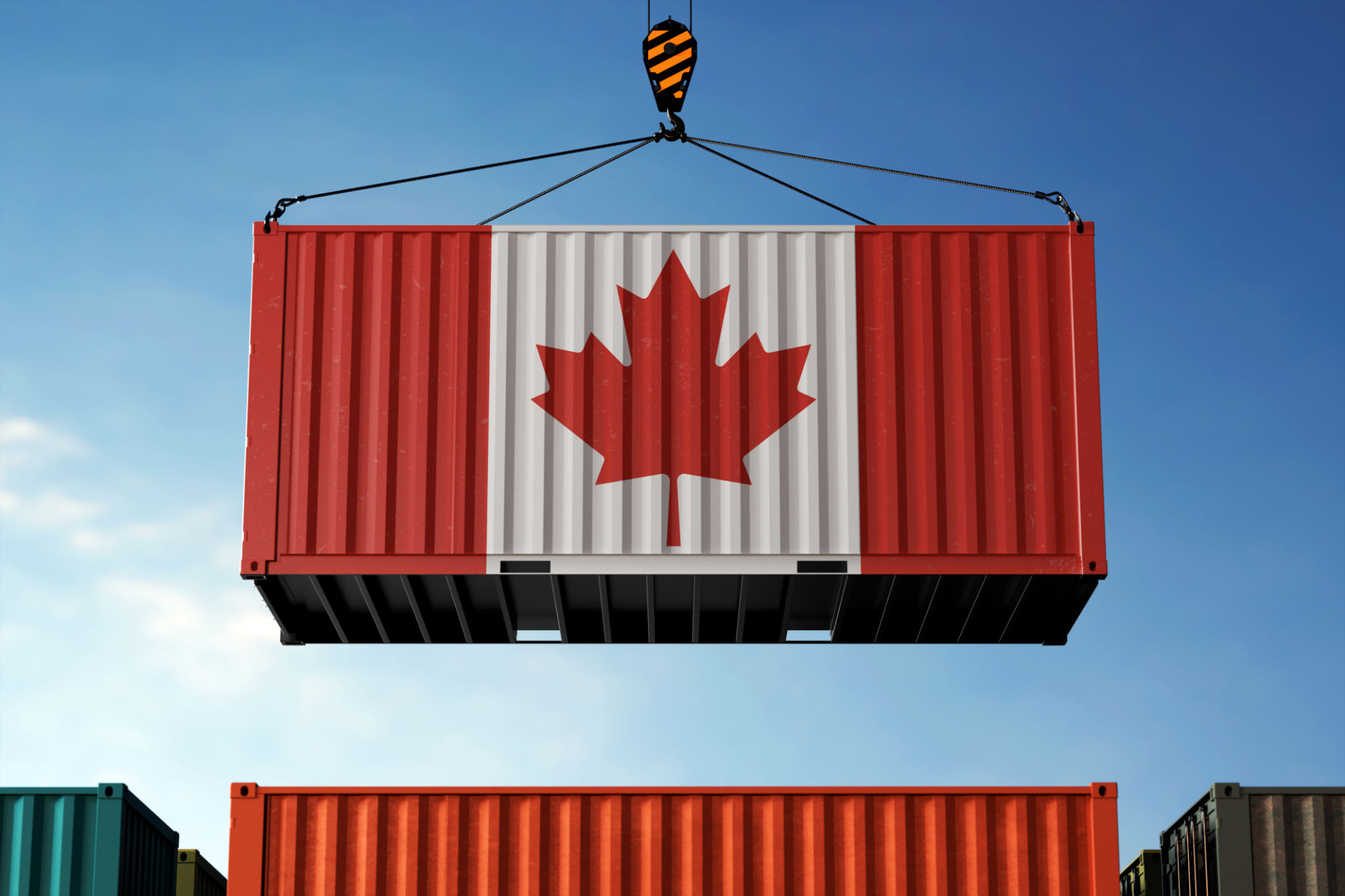Expert Tips for Preserving the Quality of Frozen Vegetables During Shipping
Understanding the Basics of Frozen Vegetable Shipping
Shipping frozen vegetables is a delicate process that requires careful attention to maintain their quality. Ensuring the vegetables arrive at their destination in optimal condition involves a combination of proper packaging, temperature control, and timely delivery. Each step is crucial in preventing spoilage and preserving nutritional value.
Frozen vegetables are highly perishable and can easily lose quality if not handled correctly. This is why understanding the basics of frozen vegetable shipping is essential for businesses to keep their products fresh and appealing to consumers.

Choosing the Right Packaging Materials
The first step in preserving the quality of frozen vegetables during shipping is selecting the appropriate packaging materials. Insulated containers and thermal liners play a critical role in maintaining the necessary cold temperatures. High-quality packaging not only provides insulation but also protects the vegetables from physical damage during transit.
Consider using vacuum-sealed bags or airtight containers, which help minimize air exposure and prevent freezer burn. Additionally, using moisture-resistant packaging materials can help avoid any condensation-related issues that may arise during transport.
Maintaining Optimal Temperature
Temperature control is paramount in shipping frozen vegetables. The ideal shipping environment should maintain a consistent temperature of 0°F (-18°C) or lower. This ensures that the frozen state of the vegetables is preserved throughout the journey, preventing thawing and refreezing, which can compromise texture and taste.

Utilizing refrigerated transport options, such as reefer trucks or insulated shipping containers with dry ice or gel packs, can help maintain the required temperature range. Regular monitoring of temperature throughout the shipping process is also vital to immediately address any potential fluctuations.
Efficient Logistics and Timely Delivery
Another key factor in preserving the quality of frozen vegetables is ensuring efficient logistics and timely delivery. The longer the transit time, the higher the risk of temperature deviations that could affect the product's quality. Partnering with reliable carriers who specialize in cold chain logistics can significantly improve the chances of a successful delivery.
Plan routes strategically to minimize delays and ensure that the shipment reaches its destination as quickly as possible. This not only helps maintain product quality but also increases customer satisfaction by delivering fresh and nutritious vegetables.

Implementing Quality Control Measures
Quality control is an essential aspect of shipping frozen vegetables. Implementing stringent quality checks before and after shipping can help identify any issues early on. Inspecting packaging integrity, verifying temperature logs, and assessing the physical condition of the vegetables upon arrival are critical steps in this process.
Training staff involved in handling frozen shipments on best practices can also contribute to maintaining high standards. An informed team can proactively manage potential challenges, ensuring that the vegetables retain their freshness and nutritional value.
Communicating with Stakeholders
Lastly, maintaining open communication lines with all stakeholders involved in the shipping process is crucial. This includes suppliers, logistics providers, and customers. Keeping everyone informed about shipment status, potential delays, or any issues that may arise allows for quick resolutions and ensures transparency.
Providing customers with tracking information and expected delivery timelines can enhance their experience and build trust in your brand's commitment to quality.
